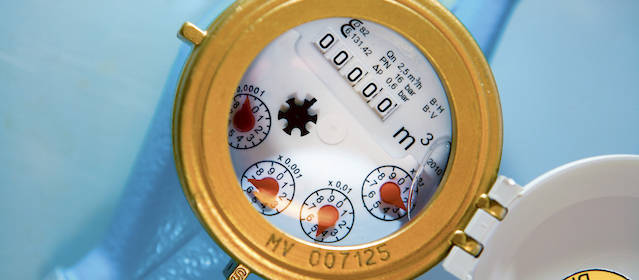Legal metrology
Swedac is the regulatory authority responsible for regulations of various types of measuring instruments, such as electricity meters, scales and petrol pumps. The regulations are there to ensure the quality of measured values in order to contribute to a well-functioning society. Correct measurement values protect consumers and provide conditions for businesses to compete on equal terms.

The department of legal metrology at Swedac is responsible for supervision and market surveillance to ensure that the rules are followed. The regulations cover several different types of measuring instruments such as scales, electricity meters, water meters, heat meters and fuel dispensers. The regulations aim at competition on equal terms, create good conditions for international trade and contribute to an efficient internal market. Swedacs regulations are partly based on EU directives and partly on national regulations.
The EU directives set requirements for how a measuring instrument must be designed, produced and assessed to comply with the requirements, in order to be placed on the market and put into use. The economic operator, for example the manufacturer or the importer, is ultimately responsible for the product. Before placing on the market, the manufacturer must engage a notified body that makes an assessment that the instrument meets the requirements set.
In some areas, for example shop scales or electricity meters, there are also requirements for those who use a measuring instrument. The user is responsible for obtaining an approved instrument and that the instrument then continues to measure with a certain accuracy. This means that the instrument needs to be re-verified at certain intervals. Hence, the user is obliged to hire an accredited inspection body to perform the reverification in order to be able to continue the use of the measuring instrument for trade involving consumers.
